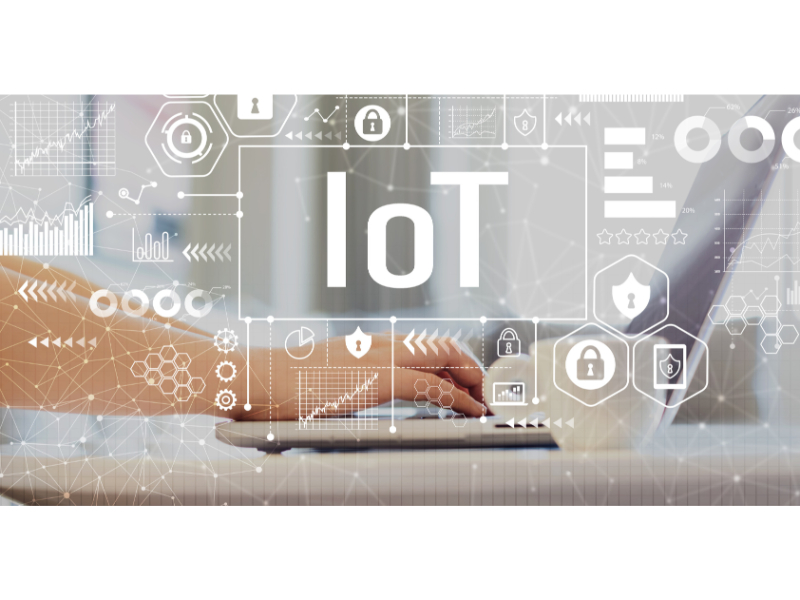- Device registration is the incorporation of an IoT device into an IoT system. Device activation refers to enabling the device to communicate and interact normally with the IoT system after the device registration is completed.
- Device monitoring and remote management monitor and analyse the status and performance of IoT devices in real-time to improve the reliability and stability of the devices.
- Data encryption and transmission security are important technical means to secure IoT data. Remote diagnosis diagnoses and analyses the faults of IoT devices by remote means.
Device management in the Internet of Things (IoT) involves the registration, activation, monitoring, maintenance, and remote control of devices, aiming to ensure the normal operation and security of IoT devices and to improve the reliability and efficiency of IoT systems.
Device registration and activation
In the device registration phase, each IoT device needs to be assigned a unique identifier, such as device ID (identity document), and serial number, to uniquely identify and differentiate different devices.
Device registration is usually handled by an IoT platform or device management system, which communicates with IoT devices through device management protocols, such as MQTT (message queuing telemetry transport) and CoAP (constrained application protocol), to complete the device registration process.
In the device activation phase, it is necessary to configure the device’s network parameters, and security authentication information, to ensure that the device can be correctly connected to the IoT network and exchange data and communicate with the IoT platform.
Device activation usually includes steps such as device authentication, network configuration, and data transmission protocol configuration, to ensure the normal operation and security of the device.
Also read: KmsdBot Malware Evolves, Targeting IoT Devices and Highlighting Ongoing Threats
Device monitoring and remote management
Through device monitoring, the operating status, data transmission rate, energy consumption, and other information of IoT devices can be obtained in real-time, to discover equipment failures and abnormalities in time and ensure the normal operation of the devices.
Device monitoring usually includes device status monitoring, performance monitoring, abnormality detection, and other functions, and the remote monitoring and management of IoT devices are realised through the monitoring centre or device management platform.
Remote configuration and maintenance manages and controls the configuration parameters and software updates of IoT devices by remote means. It can dynamically adjust and optimise the working mode, communication protocol, and sensor parameters of the device to meet different application scenarios and needs.
Remote maintenance includes firmware upgrading, software updating, troubleshooting, and other operations to achieve troubleshooting and performance optimisation of the device by remote means.
Also read: Top 5 Internet of Things (IoT) platforms
Security management and data protection
Through security authentication, the identity and legitimacy of IoT devices can be verified to prevent unauthorised devices from accessing the IoT system; through authority control, the access rights and operating privileges of IoT devices can be restricted to protect the security and privacy of the IoT system.
Data encryption encrypts data generated by IoT devices to prevent data from being stolen and tampered with; the transmission security mechanism ensures the security and integrity of IoT data during transmission and prevents security threats such as data leakage and man-in-the-middle attacks.
Fault diagnosis and prevention
Remote diagnosis can monitor the operating status and performance indicators of the equipment in real-time, discover faults and abnormalities of the equipment promptly, and take corresponding measures to repair and deal with them, reducing the downtime and impact of the equipment.
By analysing and mining the big data generated by the equipment, it is possible to discover the potential patterns and trends of equipment failures, predict equipment failures and damages in advance, and take corresponding preventive measures.

